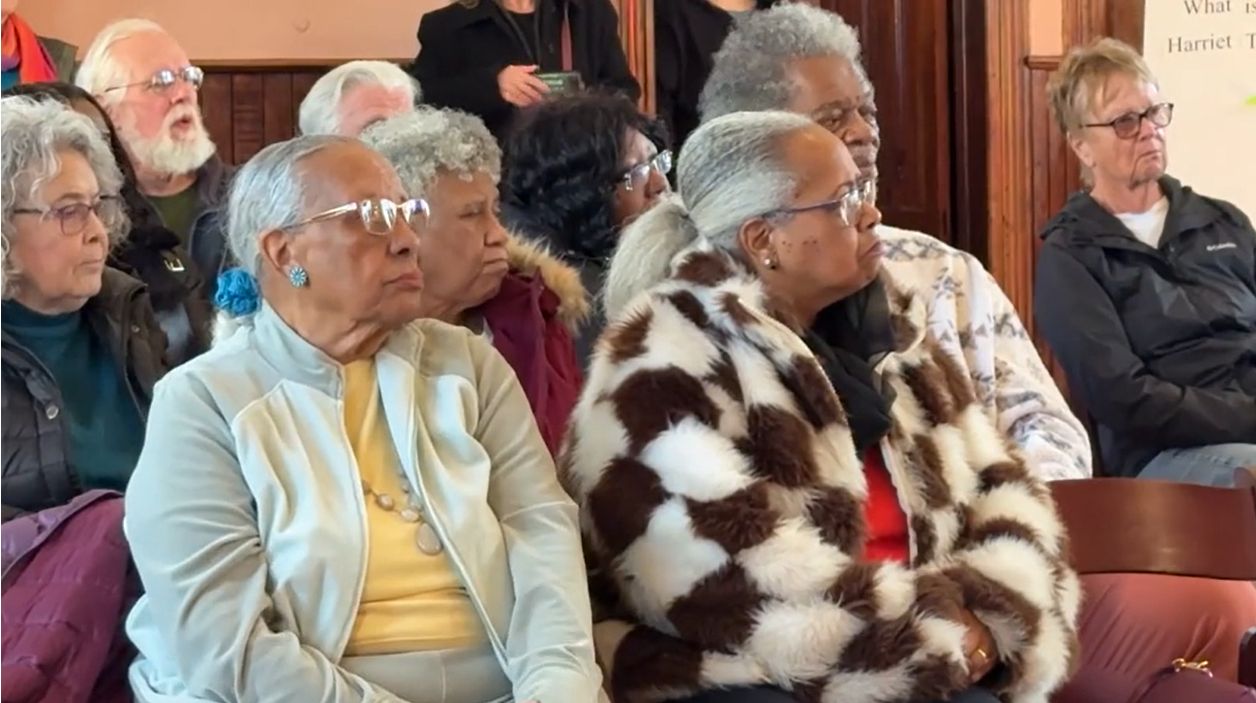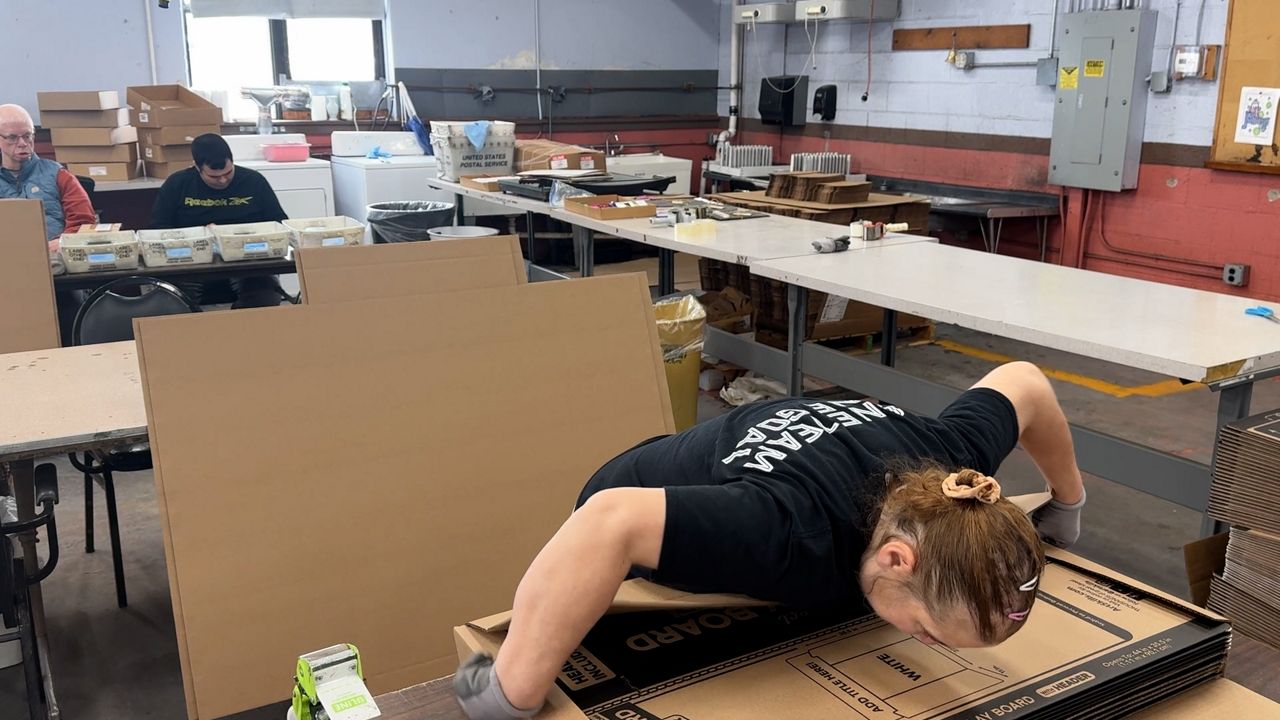A site meant to keep the stories of fallen Americans alive is now dying itself.
Students and faculty at the State University of New York College of Environmental Science and Forestry are playing a pivotal role in the restoration of the Memorial Groves at the Flight 93 National Memorial in Shanksville, Pennsylvania, using artificial intelligence.
A lot of trees at the Memorial Grove have died over the past decade.
The college’s landscape architecture program is using cutting edge software to create a layout for the National Park Service that will show their officials what the memorial will look like in 25 years.
“We collaborated with them to try to show what future conditions could look like for the failing trees on site,” said Max Stamberger, a senior studying landscape architecture at SUNY ESF.
The site is where one of the hijacked planes on Sept. 11, 2001, crashed after crew members and passengers tried to wrest control from the hijackers. The names of those killed there were read aloud there Wednesday morning, and victims' relatives spoke briefly.
The Flight 93 National Memorial is supposed to have 40 memorial groves to honor the 40 passengers and crew who were killed on United Airlines Flight 93 during the 9-11 attacks in 2001.
Unfortunately, challenges with soil conditions, irrigation and trees at the site that have a high mortality rate are prompting a multi-year restoration effort.
"There were some questions that the National Park Service had of us at SUNY ESF that we all agreed would be best answered through doing these sorts of visualizations and modeling,” said Aidan Ackerman, landscape architecture associate professor at the university.
Specifically, 3-D modeling and virtual reality was used to answer a key question: If all the trees had grown perfectly, what would the site look like?
“The virtual reality we used on Flight 93 was more of a predicted future," Stamberger said. "So trying to look at the problems that were at hand and predict what future conditions might look like once those were solved.”
“We thought we needed to use some sophisticated 3-D modeling to show that, not just sticking sort of 3-D models of trees all around, but actually digitally growing the trees from little digital seedlings to mature 25-to-30-year-old trees,” Ackerman said.
He Ackerman and Stamberger helped create the models.
“So we would swap out the species that was intended for these 40 trees in these different plots, working with the National Park Service and getting their planting plans, digitally grow those and visually compare them to that original model where we looked at what the original design intent was,” Ackerman said.
The process took months, culminating in a presentation at the site in Pennsylvania.
“You know, I want to keep visiting this site, you know, for decades and actually see how we did, you know? How did this end up shaping the site? Did it go the way we thought?” Ackerman said.












